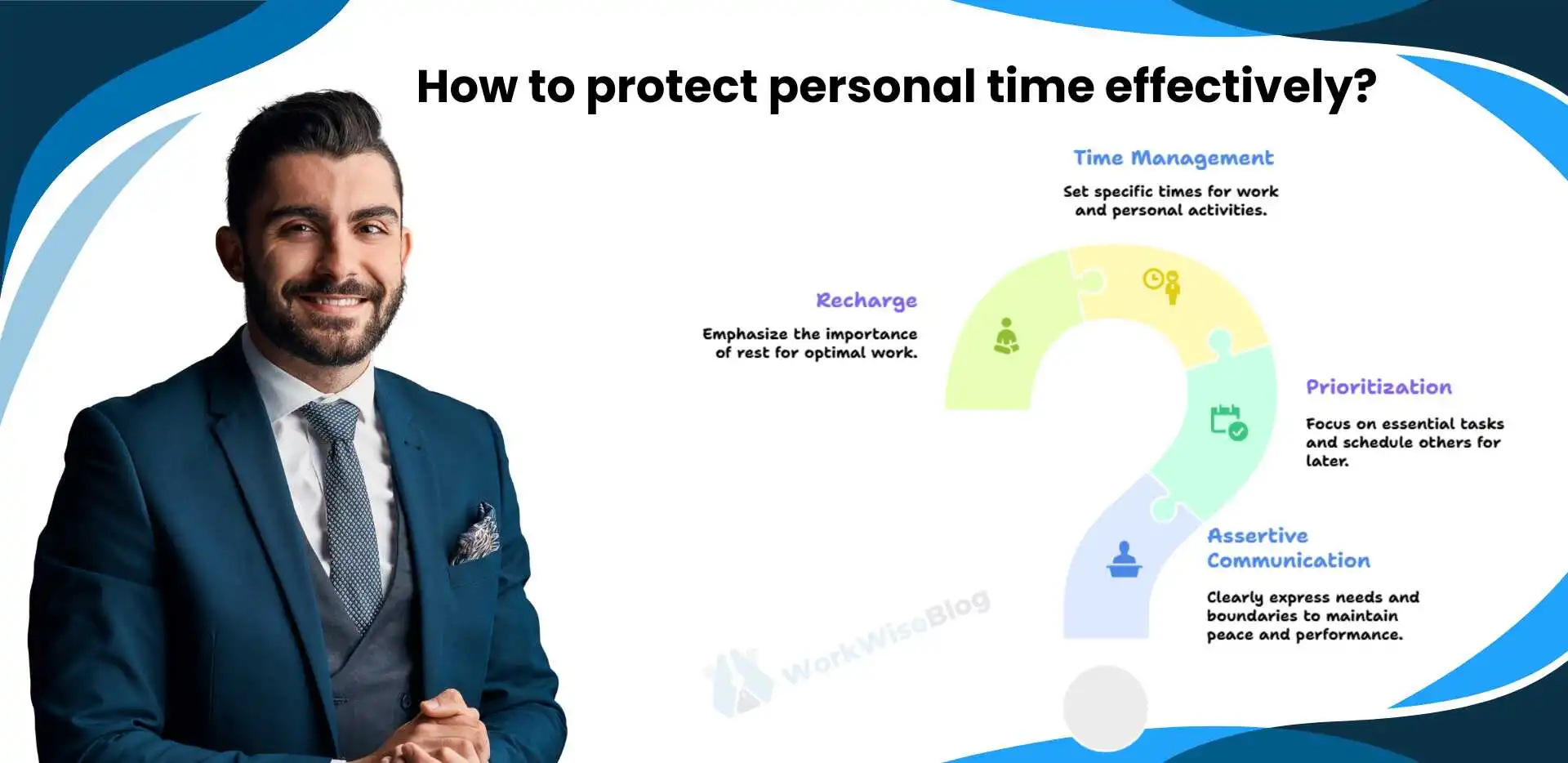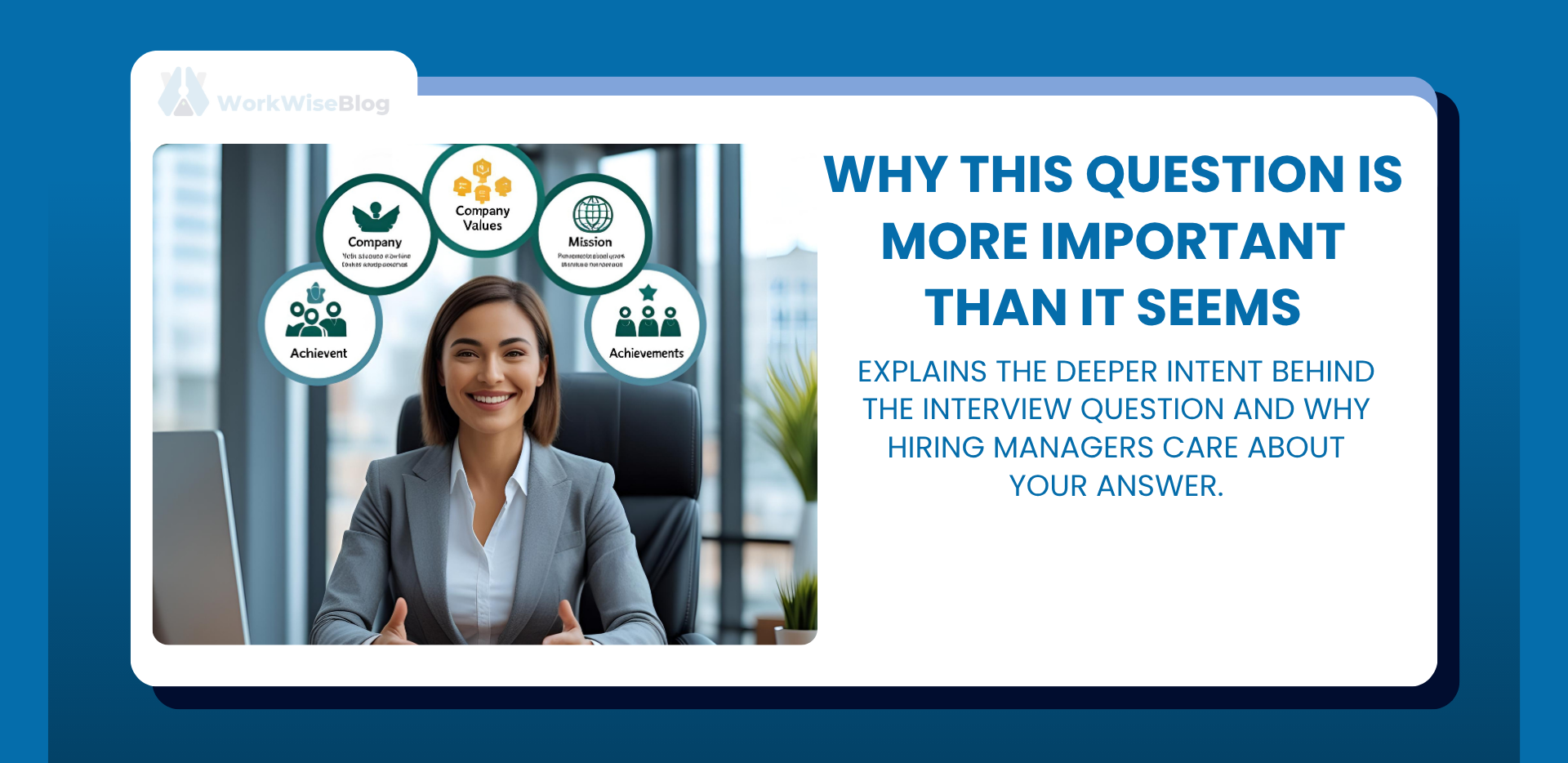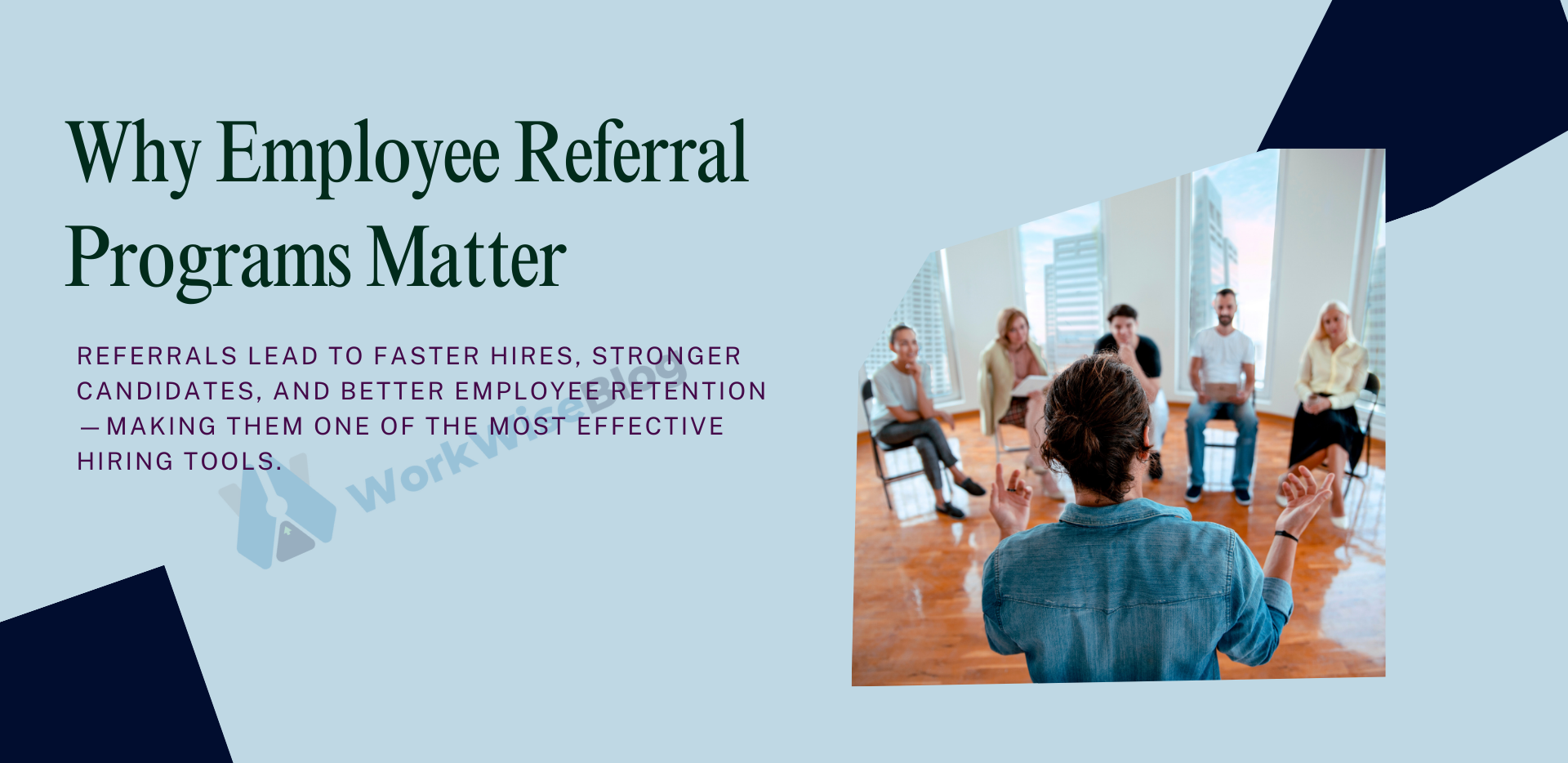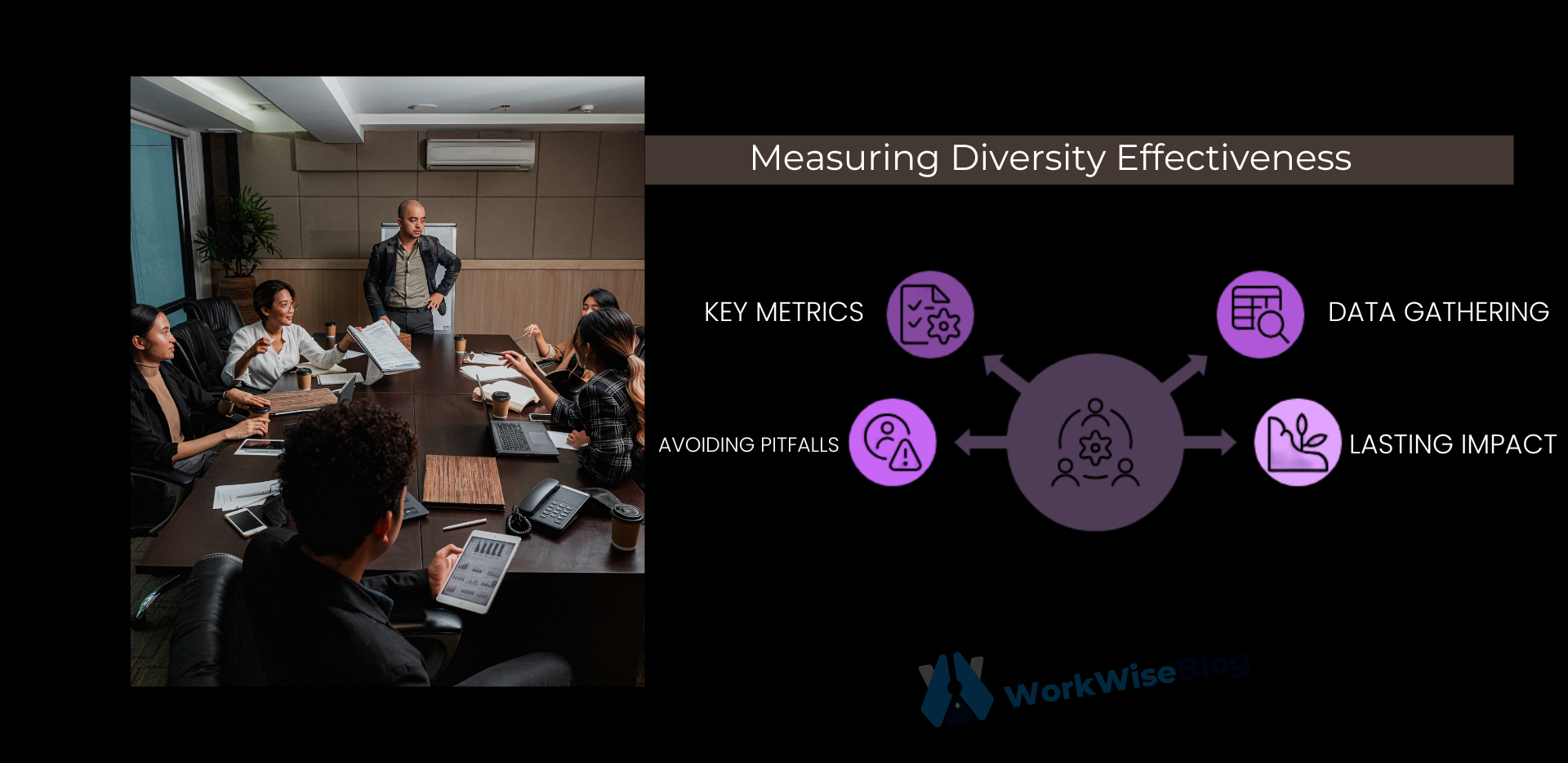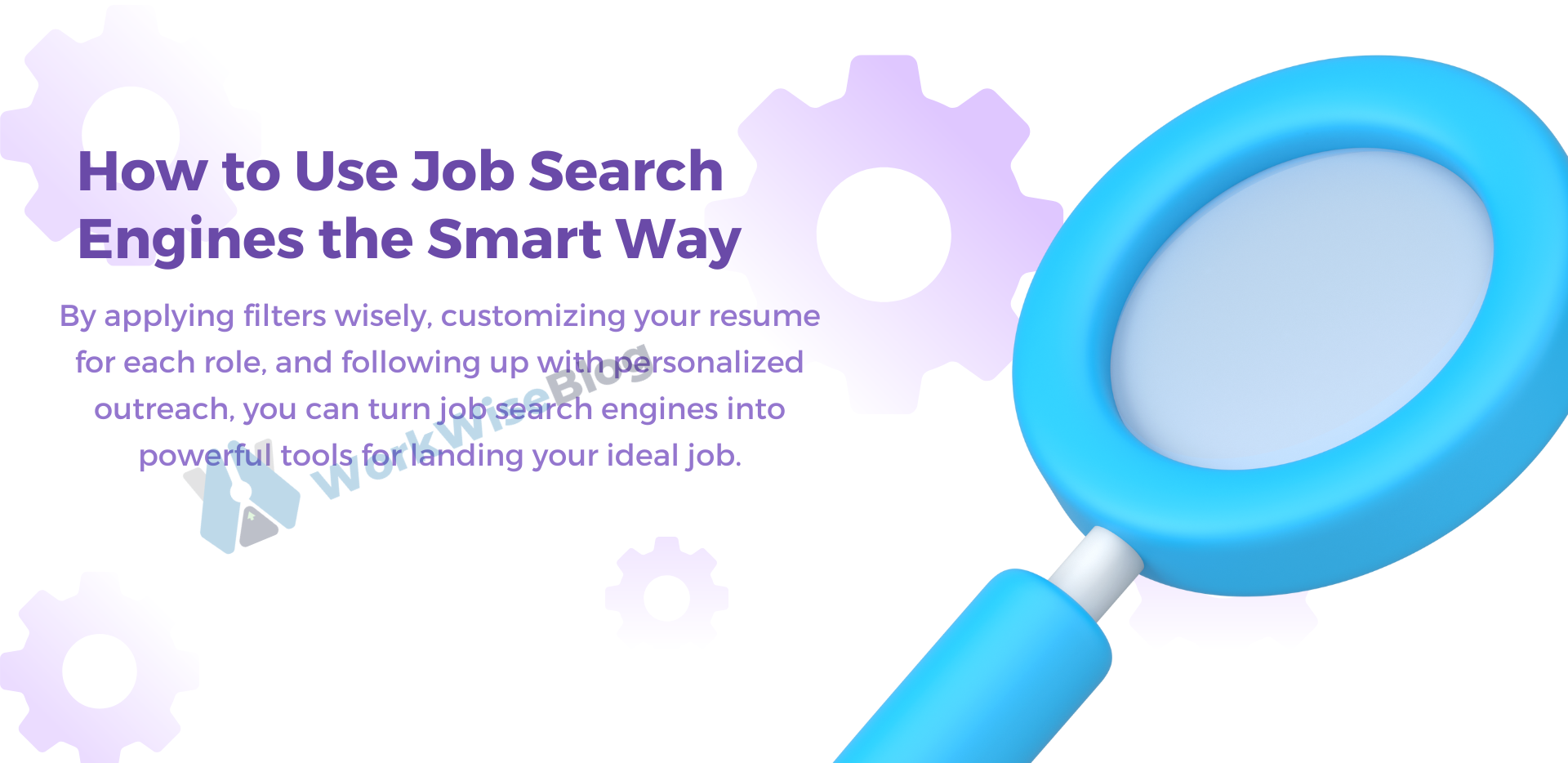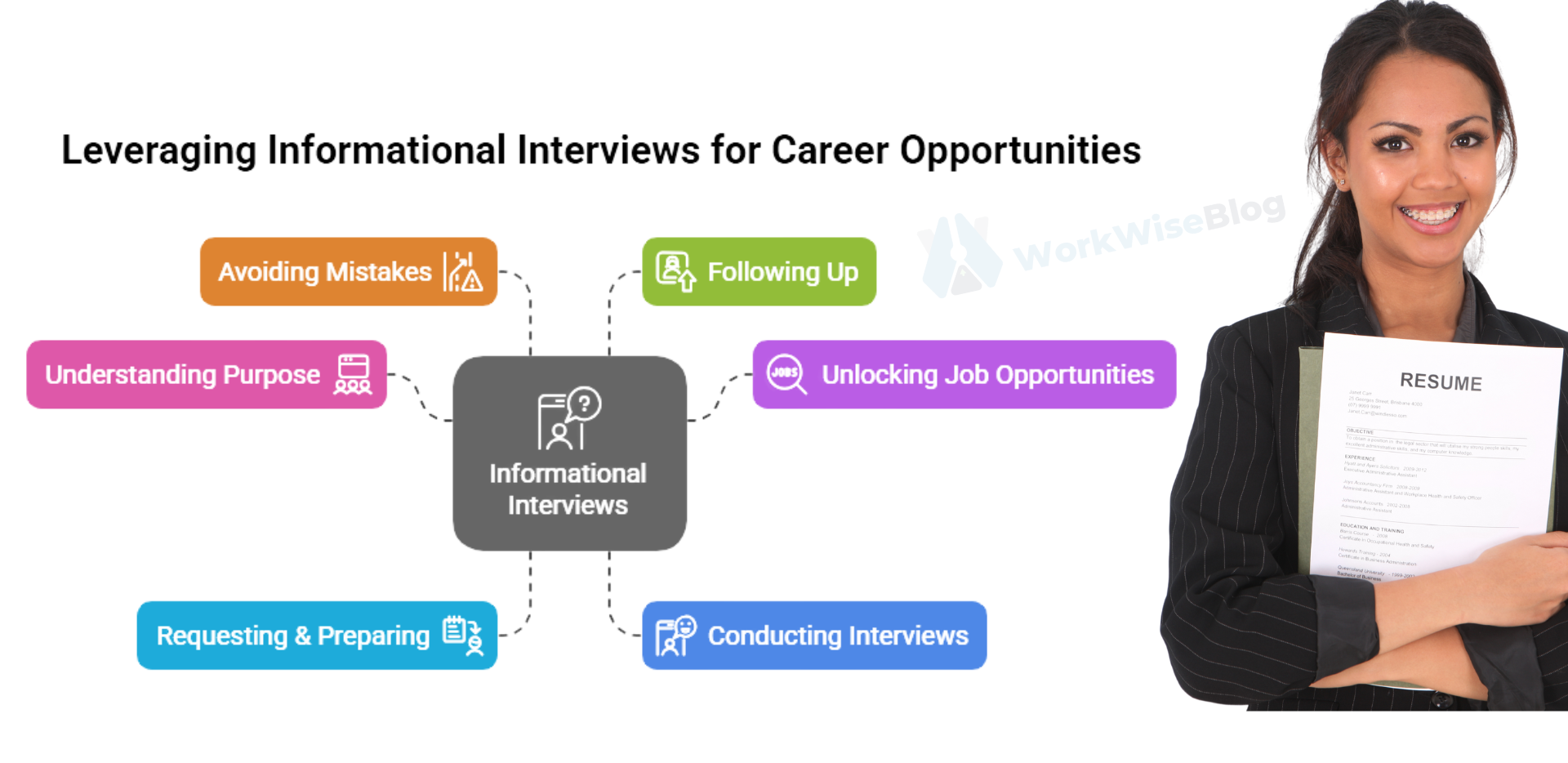
Why Perks Are Never Enough
Perks may make headlines, but they do not promise loyalty or engagement. The more modern professional is yearning for workplaces that resonate with their values and long-term aspirations.

Reality
- Short-Term Attraction: The candidate is going to apply because of these perks but will not stay around for the long haul.
- Changing Priorities: Today’s workforce values growth opportunities, purpose-driven work, and flexibility over surface-level benefits.
- What Candidates Truly Want: Candidates prioritize companies that invest in their people, foster inclusivity, and offer meaningful work experiences.

1. A Strong Employer Brand
A positive reputation makes candidates excited to join your team before they even apply.
How to Build It:
- Showcase Culture: Use your website and social media to highlight team events, employee testimonials, and community involvement.
- Encourage Employee Advocacy: Employees who share their positive experiences organically amplify your brand’s reach.
- Be Transparent: Share stories about your company’s mission, values, and leadership to create trust.

Example:
Salesforce excels in employer branding by showcasing their commitment to employee well-being and social impact on LinkedIn and other platforms.
2. Career Growth Opportunities
Ambitious professionals want to grow and see a clear path for advancement.
How to Provide It:
- Invest in Training: Provide training, certification and leadership workshops.
- Career Paths: It should clearly state what career advancement opportunities are available within the company.
- Promote from Within: Share success stories of employees who have advanced through the ranks.
For Exampe
Google provides skill development and certification opportunities under the “Grow with Google” program to enable employees to facilitate individual development.
3. Purpose-Driven Work
Employees want to feel their work makes a difference, whether it’s within the company or the broader world
How to Cultivate Purpose
- Align Goals to Impact: Describe how individual jobs are critical for success to company-wide and external social objectives
- Support Social Causes: Meaningful involvement in meaningful initiatives to support local community in the values that make sense to the company.
- Communicate Mission Clearly: Let the employees understand the vision of the company and their role in achieving it.Example: Patagonia attracts talent by underlining their commitment to environmental sustainability and giving opportunities to employees to contribute to it.
4. Work-Life Balance
Burnout is a significant concern for today’s workforce, making flexibility and balance essential.
How to Prioritize It:
- Offer Flexible Work Options: Enable remote work, hybrid schedules, or flexible hours.
- Respect Boundaries: Encourage employees to unplug after hours and take their full vacation days.
- Provide Wellness Resources: Offer mental health support, wellness stipends, or on-site counseling.
Example
Spotify’s “Work from Anywhere” policy empowers employees to choose their preferred work environment, fostering better balance and productivity.
5. Inclusive and Diverse Work Environments
A diverse workplace fosters innovation, creativity, and a sense of belonging.
How to Build Inclusivity:
- Create Employee Resource Groups (ERGs): Support underrepresented communities within your workforce.
- Focus on Equitable Hiring Practices: Use blind resume reviews and diverse sourcing channels to attract a broad range of candidates.
- Provide Unconscious Bias Training: Ensure managers and employees understand and address biases.
Example
Accenture has made diversity a core value, with clear goals for gender, ethnicity, and LGBTQ+ representation across their workforce
6. Competitive Compensation and Benefits
Compensation is an area that’s still very important, but it’s not just the salary; it’s overall total rewards.
How to Get It Right:
- Pay Fairly: Use market data to ensure what the company pays is fair and equitable.
- Provide Great Benefits: These include health insurance, retirement plans, and family-friendly perks.
- Be Transparent: Clearly communicate salary ranges and benefits during the hiring process.
Example
Netflix provides unlimited vacation days, strong parental leave, and equity-based compensation to secure the best talent.
7. Inspiring Leadership
Why It Matters
Employees find direction, help, and a sense of belonging in leaders.
How to Develop Good Leadership:
- Train for Leadership: Train managers in the art of motivating and empowering their teams.
- Open Communication: Leaders should be accessible and clear in their communications.
- Recognize and Reward: Celebrate successes and provide feedback to retain the teams involved.
Example
Adobe’s management program is all about empowering the managers to motivate and lead others through example in order to bring an engaged workforce into being.
Using AI to Attract Top Talent
AI is transforming talent acquisition through data-driven insights and process automation. Here is how companies can utilize AI to make recruitment better:
- Predictive Analytics: AI-based selection to identify which candidate will perform well, using skill and experience.
- Personalized Job Recommendations: Artificial intelligence makes it possible to match candidates with jobs designed to fit their unique strengths.
- Smoothen hiring: Automates resume screening and interview scheduling process, and enables communication with all candidates.
For example
HireVue employs AI technology in video interviewing and helps employers pick the right candidate quickly.
Common Mistakes When Attracting Talent
Overemphasizing Perks
Don’t rely on superficial benefits to stand out—focus on meaningful aspects like growth and culture.
Ignoring Feedback
Candidates and employees often share valuable insights that can improve your hiring process
Neglecting Employer Branding
Without a strong brand, attracting top talent becomes much harder.
Final Thoughts
Attract top talent by looking beyond perks and focusing on what really matters: growth, purpose, inclusivity, and leadership. These strategies will not only attract exceptional candidates but also create an environment in which they can thrive.
Ready to transform your hiring strategy? Start prioritizing these meaningful factors today to build a team that propels your organization forward.


